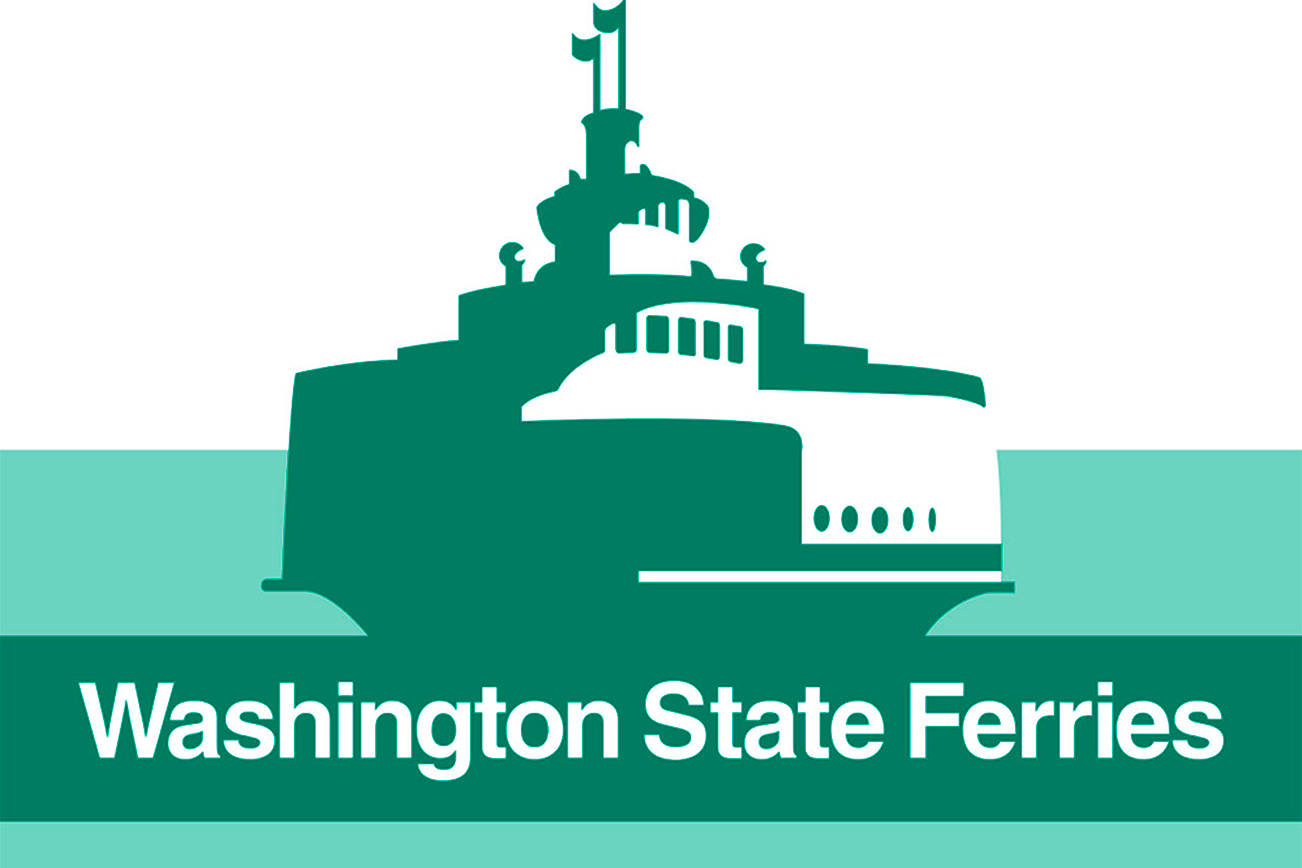Submitted by Gov. Jay Inslee’s office
Washington is taking the first steps to clean up one of the biggest pollution sources in state transportation by switching from diesel ferries to electric-hybrids. The state is converting some of its biggest and dirtiest ferries, and building an all-new 144-car electric ferry with the option to buy four more.
“We’re going electric, which means a lot of jobs for shipyard workers,” Inslee said. “And it gives us more of a fighting chance to save the things we cherish most — our land, our air, our water and our children’s health.”
Gov. Jay Inslee recently issued an Executive Order to transition to an all zero-emission fleet.
While maritime culture and industry has been the backbone of our state’s economy, the industry has also been a major source of pollution, especially through ferries.
Washington’s ferry system is the largest consumer of diesel fuel in the state, with ferries using more than 18 million gallons of diesel every year. It’s also the largest generator of greenhouse gas emissions in state transportation. While ferries only account for 6 percent of working boats in the Puget Sound, they generate 60 percent of the diesel pollution particles and 50 percent of the greenhouse gas emissions from these vessels — creating 220,000 metric tons of emissions every year.
“Ferries serve millions of travelers every year,” Inslee said. “And transitioning to electric ferries is one way to clean up our transportation system. Washingtonians can be proud of this work, and people will look back on this initiative as an important milestone in our efforts to decarbonize the state, meet our obligations and help defeat climate change.”
This transition will:
• Save taxpayers up to $14 million a year on ferry operating costs.
• Achieve a 95 percent reduction in diesel and carbon emissions once charging stations get installed.
• Help eliminate engine noise and vibration that can hurt orcas.
• Improve reliability because there are fewer parts to the propulsion system.
Inslee said the Legislature played an important role in supporting funding for this initiative over the past two years, and that Washington State Ferries has demonstrated a strong implementation commitment to electrification through its 2040 long-range plan.
“My hope is that these actions have a cascading effect,” Inslee said. “If we can electrify a vessel that big, it might help people feel that a used electric vehicle is within reach. Ferries are an icon of our state — they are on every postcard with Mount Rainier and orcas — and it’s time we cleaned them up.”



